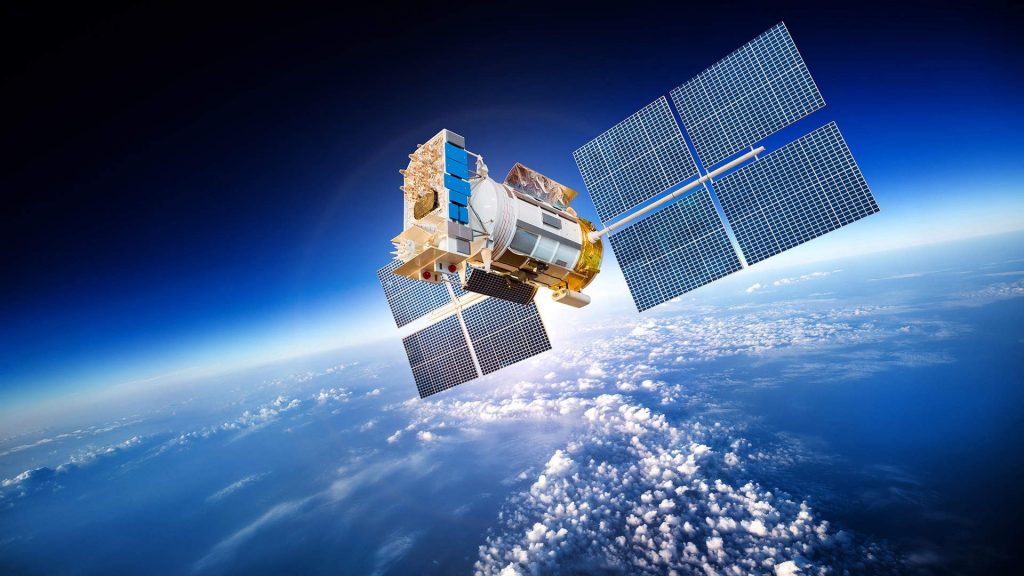… [Trackback]
[…] Information on that Topic: blog.neterra.cloud/en/5-cool-facts-about-nanosatellites/ […]

Venturing into space is one of the great challenges of humanity. There are a lot of unknowns, serious difficulties and enormous expenses involved. This is why space projects are largely reserved for governments and big private corporations. But times are changing.
Now space is becoming the next big frontier for businesses of all sizes. Companies and experts worldwide are working on ways to significantly lower the costs of space projects like getting a satellite into orbit, for example. One of them is by making satellites smaller. Here come the so-called nanosatellites.
A nanosatellite is also known as CubeSat by some. Its main goal is to be low-cost, small, as light as possible and often modular. Despite the name, nanosatellites are actually still quite far from the nano scale. A typical nanosat is usually between 1 and 10 kg in weight.
Nanosatellites are a growing market. A report from MarketsandMarkets estimated that in 2017 the nanosatellite and microsatellite market was about $1.21 billion and would reach $3.49 billion by 2022. The average price for a nanosat launch is about $80 000 compared to several millions for a normal satellite. So, we can expect that nanosatellites will only continue to become popular. Here are a few cool facts about them:
CubeSat is actually a nanosatellite standard. These are 10x10cm cubes, weighing about a kilogram or so and you can load them with sensors or equipment depending on your needs. They can also be joined with other cubes for lager capacity.
Nanosatellites can be launched into “constellations”. This means covering greater area or achieving higher frequency of passes with lower costs.
Nanosatellites can be used for a lot of activities. Everything from science projects, to product testing, to agricultural monitoring, commercial applications and a lot more.
According to the Nanosatellite Database by Erik, as of October 28 2018 there have been a total of 966 nanosats launched owned by entities from 58 countries. 878 of them are CubeSats. There are 2 interplanetary CubeSats. 86 nanosats have been destroyed on launch.
As a result, the number of nanosats in space is relatively small. Most are used for testing and short-term orbits, so they don’t spend all that much time “up there”.
But there’s going to be literally thousands of them. The forecast is that there are going to be over 3 000 nanosats to launch over the next 6 years. Companies like OneWeb, SpaceX and more are planning vast constellations with thousands of small and nanosatellites around the planet. If not done right, this can bring new challenges and increase the space junk.
As a result, some companies are also developing nanosats which will try to take care of the space junk. One option is that these sats will deploy big nets and gather the other nanosats that are damaged or not used anymore. Then it will guide them either to a safe orbit or towards the Earth, so they can burn up in the atmosphere.
… [Trackback]
[…] Information on that Topic: blog.neterra.cloud/en/5-cool-facts-about-nanosatellites/ […]
… [Trackback]
[…] There you can find 97054 additional Information to that Topic: blog.neterra.cloud/en/5-cool-facts-about-nanosatellites/ […]
… [Trackback]
[…] Read More on on that Topic: blog.neterra.cloud/en/5-cool-facts-about-nanosatellites/ […]
… [Trackback]
[…] Information to that Topic: blog.neterra.cloud/en/5-cool-facts-about-nanosatellites/ […]
… [Trackback]
[…] Read More on that Topic: blog.neterra.cloud/en/5-cool-facts-about-nanosatellites/ […]
… [Trackback]
[…] Find More here on that Topic: blog.neterra.cloud/en/5-cool-facts-about-nanosatellites/ […]
… [Trackback]
[…] Find More Information here on that Topic: blog.neterra.cloud/en/5-cool-facts-about-nanosatellites/ […]
… [Trackback]
[…] There you will find 23974 more Infos: blog.neterra.cloud/en/5-cool-facts-about-nanosatellites/trackback/ […]
… [Trackback]
[…] Information on that Topic: blog.neterra.cloud/en/5-cool-facts-about-nanosatellites/ […]
… [Trackback]
[…] Find More Info here on that Topic: blog.neterra.cloud/en/5-cool-facts-about-nanosatellites/ […]
… [Trackback]
[…] Read More on that Topic: blog.neterra.cloud/en/5-cool-facts-about-nanosatellites/ […]
… [Trackback]
[…] Read More on to that Topic: blog.neterra.cloud/en/5-cool-facts-about-nanosatellites/ […]
… [Trackback]
[…] There you can find 38908 additional Information on that Topic: blog.neterra.cloud/en/5-cool-facts-about-nanosatellites/ […]
… [Trackback]
[…] Read More here to that Topic: blog.neterra.cloud/en/5-cool-facts-about-nanosatellites/ […]
… [Trackback]
[…] Find More to that Topic: blog.neterra.cloud/en/5-cool-facts-about-nanosatellites/ […]
… [Trackback]
[…] Information on that Topic: blog.neterra.cloud/en/5-cool-facts-about-nanosatellites/ […]
… [Trackback]
[…] Find More here to that Topic: blog.neterra.cloud/en/5-cool-facts-about-nanosatellites/ […]
… [Trackback]
[…] Information on that Topic: blog.neterra.cloud/en/5-cool-facts-about-nanosatellites/ […]